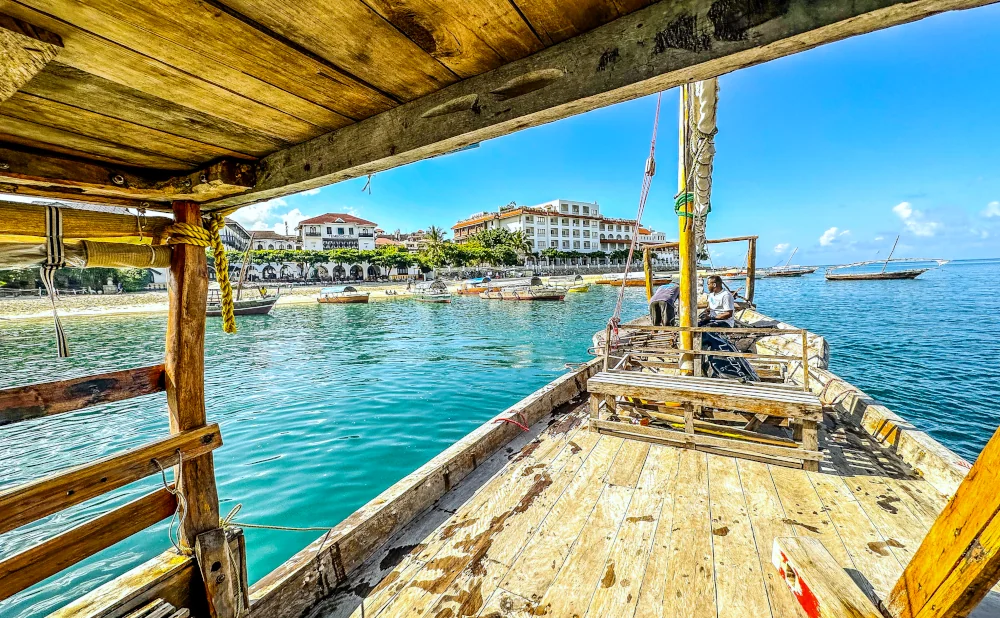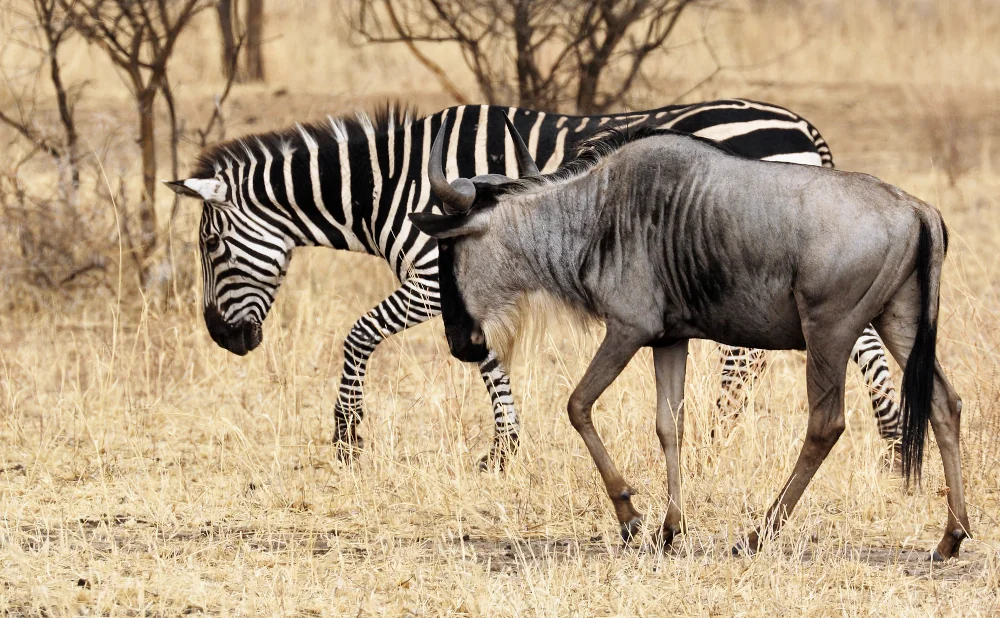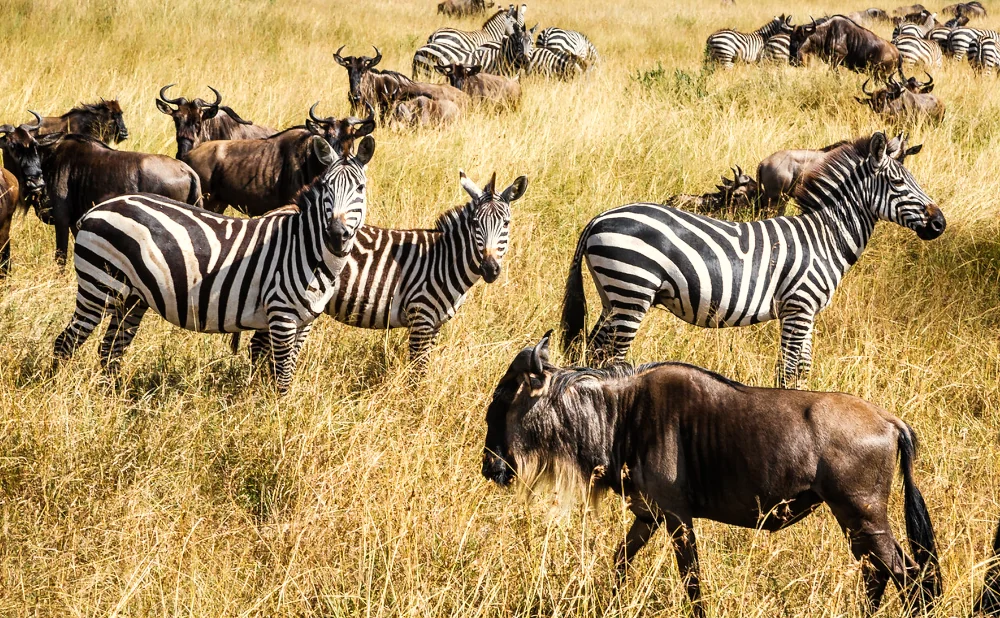Migration Patterns of Zebra and Wildebeest
The Great Migration of zebras and wildebeests is one of the most spectacular wildlife events on the planet, occurring annually across the vast plains of the Serengeti in Tanzania and the Masai Mara in Kenya. This epic journey involves the movement of over 1.5 million wildebeests, 200,000 zebras, and numerous other grazing animals in search of fresh grazing and water.
Overview of the Migration
The migration follows a circular route, driven primarily by seasonal rainfall and the resulting availability of fresh grass. The journey covers approximately 800 kilometers (500 miles) and is fraught with peril, including predators and river crossings. The synchronization of zebras and wildebeests in this migration is crucial; zebras eat the longer, tougher grasses, preparing the way for the wildebeests, who feed on the shorter grasses.
Migration Timeline
1. December to March: Southern Serengeti (Calving Season)**
- Location: Southern Serengeti and Ndutu region.
- Activities: This period is marked by the calving season, where over 500,000 wildebeest calves are born within a span of two to three weeks. Zebras also give birth around this time.
- Significance: The abundance of newborns attracts numerous predators, making it a prime time for witnessing dramatic predator-prey interactions.
2. April to May: Transition Period
- Location: Moving north from the southern Serengeti towards the central and western Serengeti.
- Activities: As the rains end, the herds start to move northward in search of greener pastures. The plains begin to dry out, prompting the migration towards the more permanent water sources.
- Significance: This is a transitional period where the herds begin to congregate and move towards the central Serengeti.
3. June to July: Grumeti River Crossing
- Location: Western Corridor and Grumeti River.
- Activities: The herds encounter the Grumeti River, facing one of their first significant obstacles. The river crossings are perilous, with crocodiles lying in wait.
- Significance: The crossings are dramatic and dangerous, offering spectacular viewing opportunities for visitors.
4. August to October: Mara River Crossing
- Location: Northern Serengeti and Masai Mara.
- Activities: The herds reach the Mara River, another treacherous crossing filled with challenges. The wildebeests and zebras must navigate through crocodile-infested waters to reach the lush grazing lands of the Masai Mara.
- Significance: The Mara River crossings are the most famous and dramatic events of the migration, attracting numerous tourists and wildlife photographers.
5. November: Return South
- Location: Moving back towards the southern Serengeti.
- Activities: As the short rains begin, the herds start their journey back south, heading towards the nutrient-rich plains of the southern Serengeti and Ndutu region.
- Significance: This marks the completion of the migration cycle, with the herds returning to calving grounds.
Factors Influencing Migration
1. Rainfall: The primary driver of the migration is the seasonal rainfall, which determines the availability of fresh grazing grounds.
2. Predation: Predators such as lions, hyenas, cheetahs, and crocodiles play a significant role in the migration, as the herds must navigate through predator-rich territories.
3. Topography: The landscape of the Serengeti and Masai Mara, including rivers and plains, influences the migration routes.
4. Human Activity: Conservation efforts and human activities can impact migration patterns, emphasizing the need for sustainable tourism and wildlife management.
Ecological Significance
The Great Migration plays a critical role in the ecosystem:
- Grazing Patterns: The movement of large herbivores ensures that grasslands are evenly grazed, promoting new growth and maintaining ecological balance.
- Predator-Prey Dynamics: The abundance of prey during the migration supports large populations of predators, sustaining the entire food chain.
- Biodiversity: The migration supports a wide range of species, from birds to insects, contributing to the overall biodiversity of the region.
Conservation Challenges
The migration faces several challenges, including:
- Climate Change: Altered rainfall patterns due to climate change can disrupt migration timings and routes.
- Poaching: Illegal hunting poses a threat to the herds, especially during river crossings.
- Habitat Loss: Encroachment and habitat fragmentation from human activities can restrict migration corridors.
- Tourism Impact: While tourism brings crucial funding for conservation, it must be managed to prevent negative impacts on the wildlife and their habitats.
Why you should witness the Migration
The Great Migration of zebras and wildebeests is a vital and awe-inspiring natural phenomenon. It showcases the intricate balance of nature and the resilience of wildlife in the face of numerous challenges. Conservation efforts are essential to ensure that this extraordinary event continues to be a testament to the wild beauty and ecological richness of East Africa.










